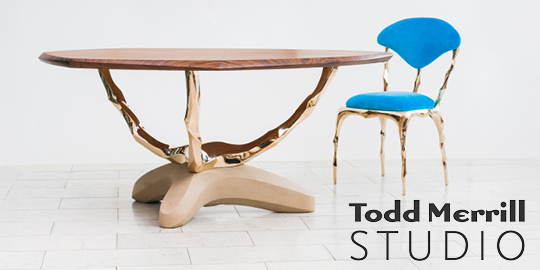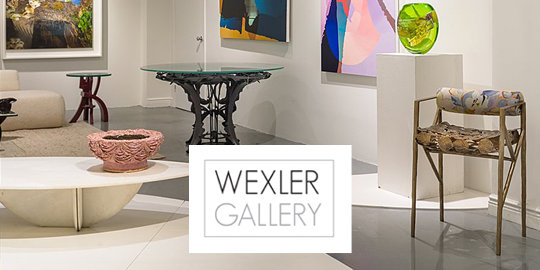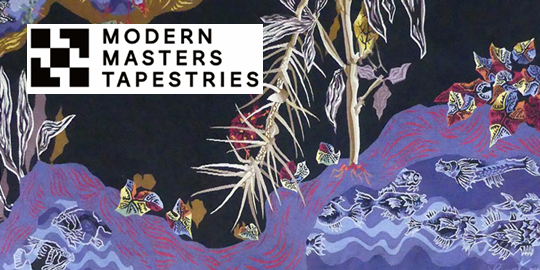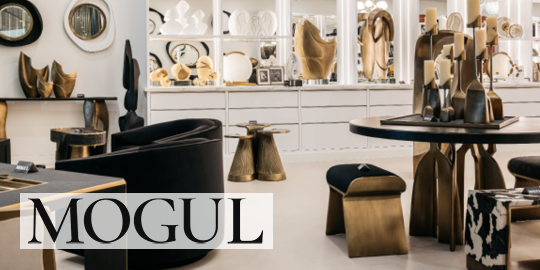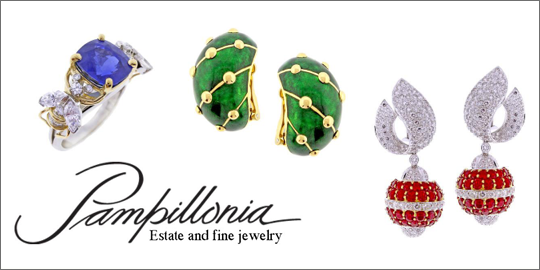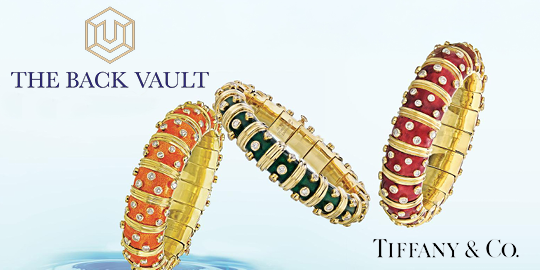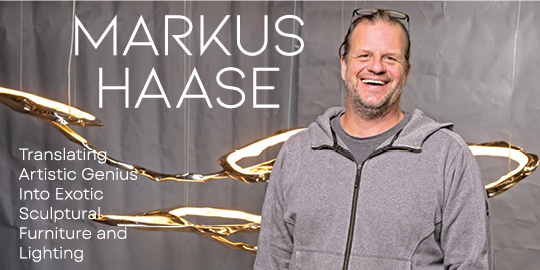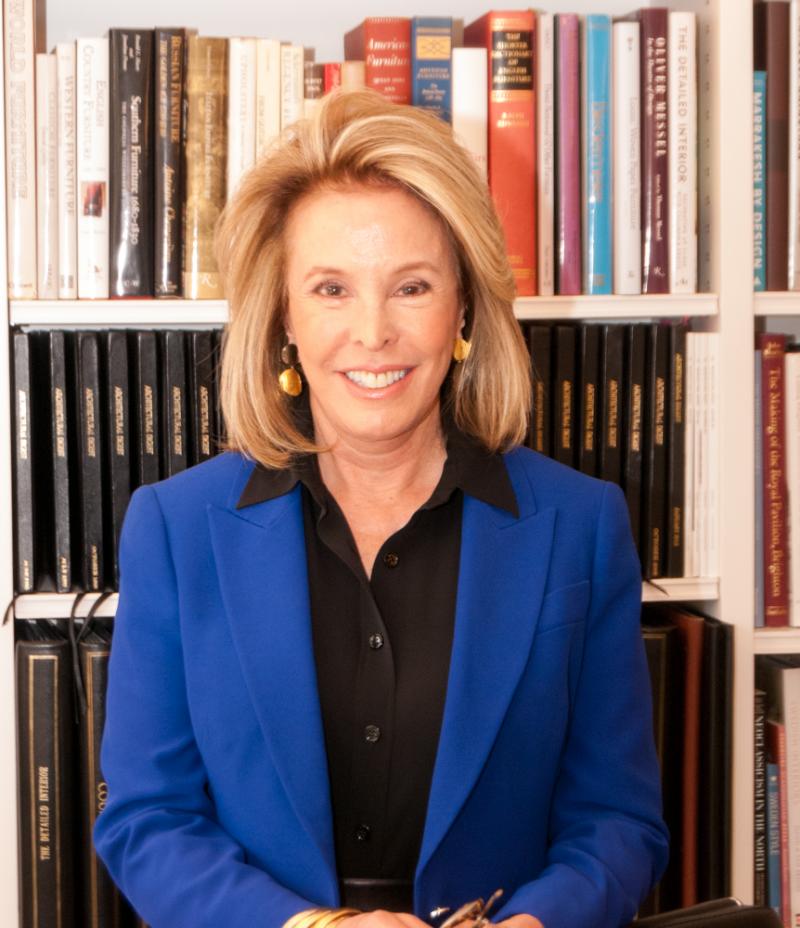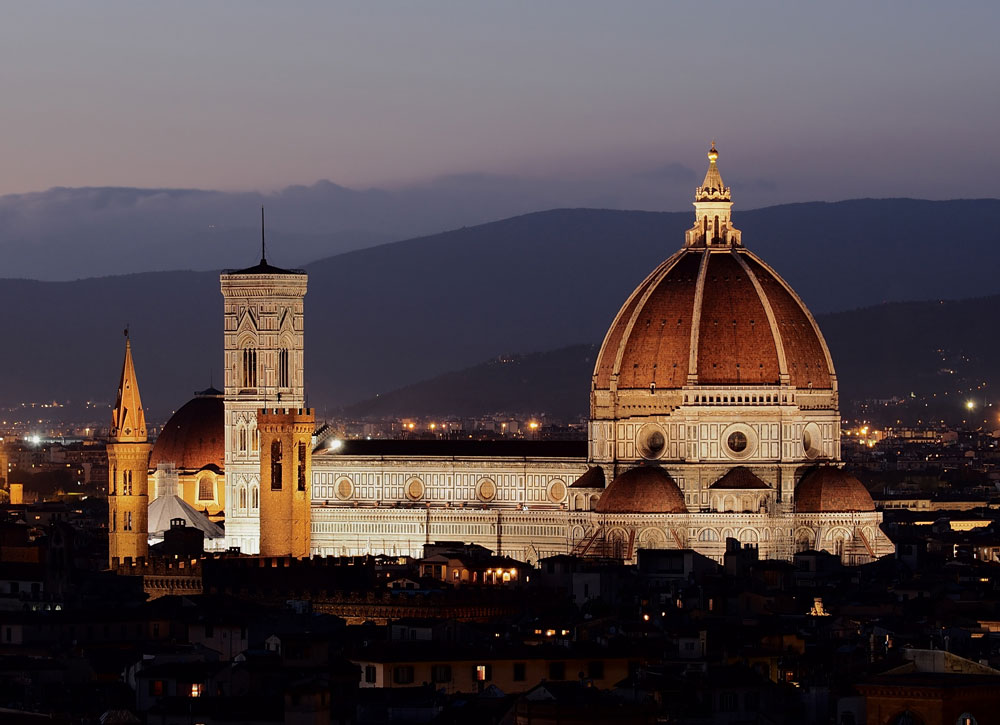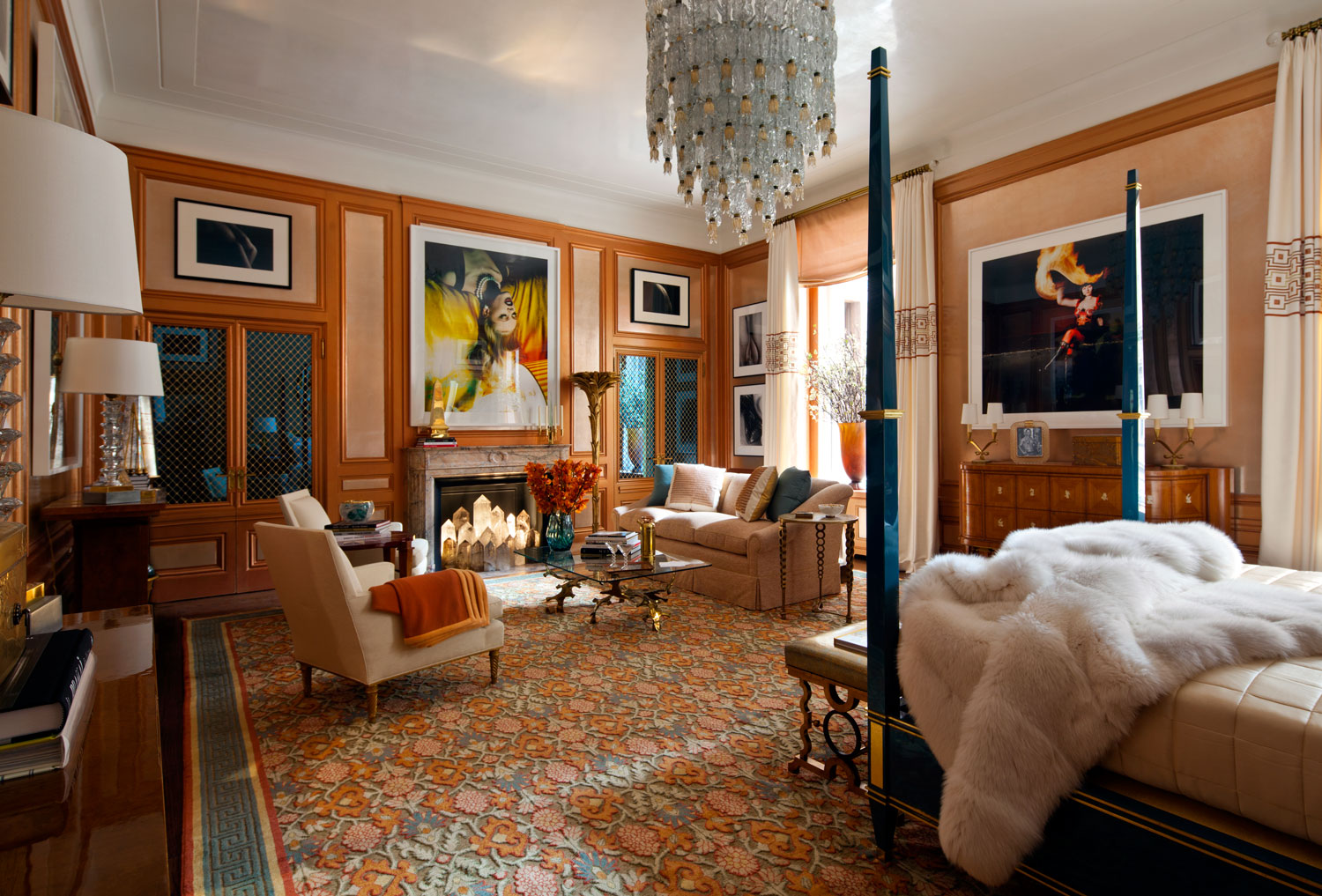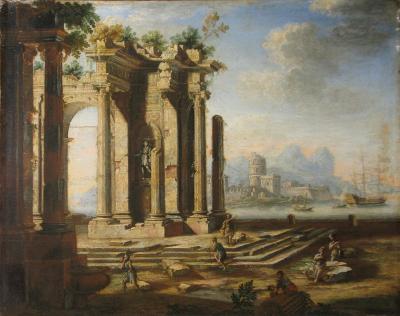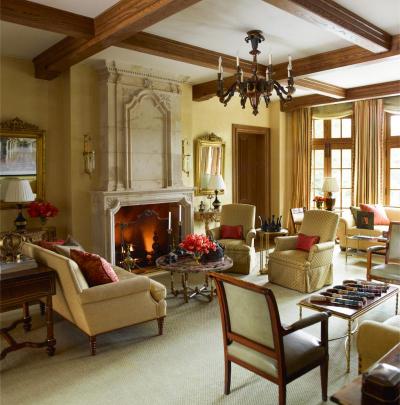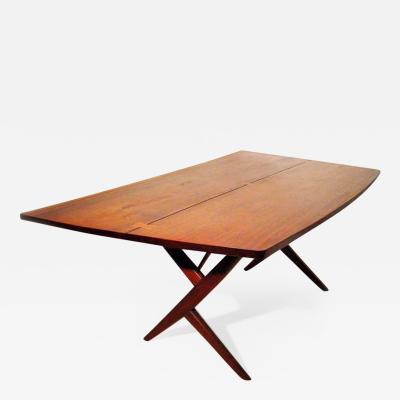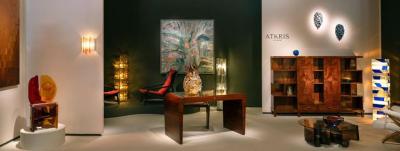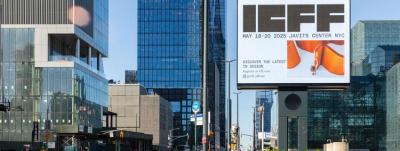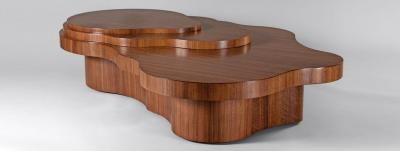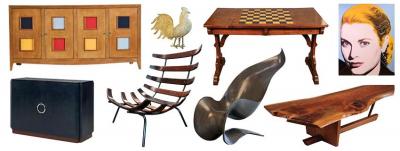Philanthropy by Design: Ellie Cullman and Friends of Florence
Philanthropy by Design is an ongoing series that recognizes designers and the causes they support.
Before Friends of Florence was established in 1998, many of the city’s art and architectural treasures had fallen into disrepair. At that time, the cultural patrimony of Florence was at risk because of pollution and a lack of funds for restoration. Even Michelangelo’s David (1501-1504), totem of the early modern city-state, was about to collapse because of fractures in his ankles.
Enter Ellie Cullman, head of the New York design firm Cullman & Kravis and a founding board member of Friends of Florence. In 1994, Cullman and her husband travelled to Florence six times as part of her work on behalf of Young Presidents’ Organization (YPO), an international consortium of young executives. She fell in love with the city, buying finely worked objects from pietra dura vendors and the myriad antique dealers on both sides of the Arno, dining at Florence’s gastronomic temples, enjoying the fine Tuscan wines and otherwise luxuriating in the cultural heritage of the cradle of the Italian Renaissance. “My husband and I literally went to every single [cultural institution] in Florence, including the most obscure museums that you have never heard of,” she says.
At the suggestion of Countess Simonetta Brandolini d’Adda, a cadre of like-minded philanthropists founded Friends of Florence to protect at-risk art and architecture in the city. Since its founding, the organization has done what cash-strapped civil authorities could not: raised considerable sums of money to restore the marble statues in the Loggia dei Lanzi, twenty-two paintings at the Accademia, and the Uffizi’s Sala della Niobe.
The organization’s crowning achievement came in 2004, when Friends of Florence raised half a million dollars to pay for the cleaning and restoration of the long-neglected David. (As has been reported, a nest of spiders was found in his curly locks.) Friends of Florence is unusual because it insists on direct oversight of its restoration activities: the organization requires a budget, timeline and a statement of skill for each restorer before authorizing a project, and then monitors it closely until completion.
Through the years, the New York designer has found inspiration in the Tuscan capital, especially the ochre and coral shades of the city’s stuccoed walls. “My dream is to design a palazzo!” she exclaims. “I am always taking pictures of stencils on walls, which we then incorporate into our design projects, making them into something fresher and more contemporary.”
Beyond her work on behalf of Friends of Florence, Cullman is engaged in a variety of philanthropic projects in New York. She sits on the board of the Kips Bay Boys & Girls Club and, in collaboration with Christopher Peacock, is designing a kitchen where children involved with the organization can learn the fundamentals of nutrition and a healthy diet.
“Kips Bay is not just about sports after school, or help with homework,” she says. “This is a place for children to receive love and support. The vision for the kitchen is for it to be bright, cheerful and beautiful. And, it has to be organized so that it is safe, because you have ten-year-olds and knives in the same room.”
In addition to her project for Kips Bay, Cullman recently designed a park in the Bedford-Stuyvesant neighborhood of Brooklyn in conjunction with Bette Midler’s New York Restoration Project, and she also developed a women’s shelter for Safe Horizon, which offers a sanctuary to women who have survived domestic abuse. “When we first went into the shelter, it was shocking,” she says. “These women can’t heal unless they are in a nurturing and orderly environment.” With each project, Cullman has remained true to her design philosophy, designing a bespoke space to match the needs and personality of the client.
“There are so many ways that design interacts with philanthropy,” she says. “It’s a privilege to have them come together—it changes people’s lives.”





